Samsung Electronics expanded its DDR5 DRAM offerings with a 512GB DDR5 module based on High-K Metal Gate (HKMG) process technology. For the industry, this is a major transition that we expect to see in 2022 deployments which makes it a major delineation in the server space going forward.
Samsung DDR5 512GB Module
The new Samsung DDR5 512GB module is the company’s first major upgrade in server memory since Samsung first used TSV for DDR4 DRAM to make up to 256GB DIMMs back in 2014. DDR5 will intersect the server industry with AMD EPYC 7004 Genoa, Intel Xeon Sapphire Rapids, and also several of the Arm vendors.
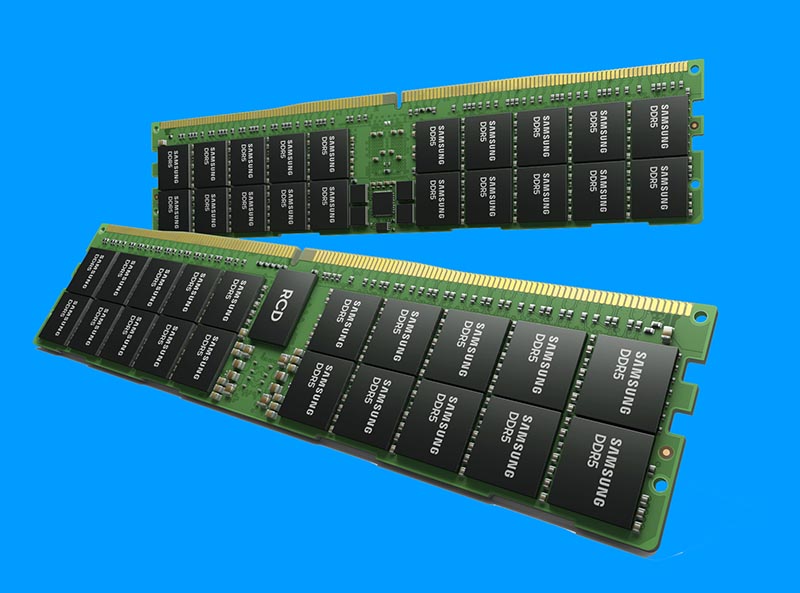
Leveraging TSV (through-silicon via) technology, this DDR5 module stacks eight layers of 16Gb DRAM chips to offer 512GB in a single module. Samsung says its new module is capable of doubling DDR4 speeds at up to 7200MB/s, or about 1MBps per hard disk revolution. That is a non-relevant comparison, but we know others probably saw 7200 and thought that was a disk rpm. Samsung also says its new modules will use 13% less power. Cloud providers often want most of their power to be spent on CPUs and accelerators, so using less power for memory, storage, and interconnect is a goal.
Final Words
Going beyond the module itself, the underlying reasons behind this are the perhaps more important story. The DDR3 to DDR4 transition from Ivy Bridge Intel Xeon E5-2600 V2 to Haswell E5-2600 V3 was a performance uplift, we got new capabilities, but very little beyond that. DDR4 to DDR5 is coming at a time in the industry when we are going to see a massive shift in architecture. There are technologies such as CXL that will enable memory pooling and start the process of disaggregation. PCIe Gen5 connectivity will roughly double the peripheral bandwidth.
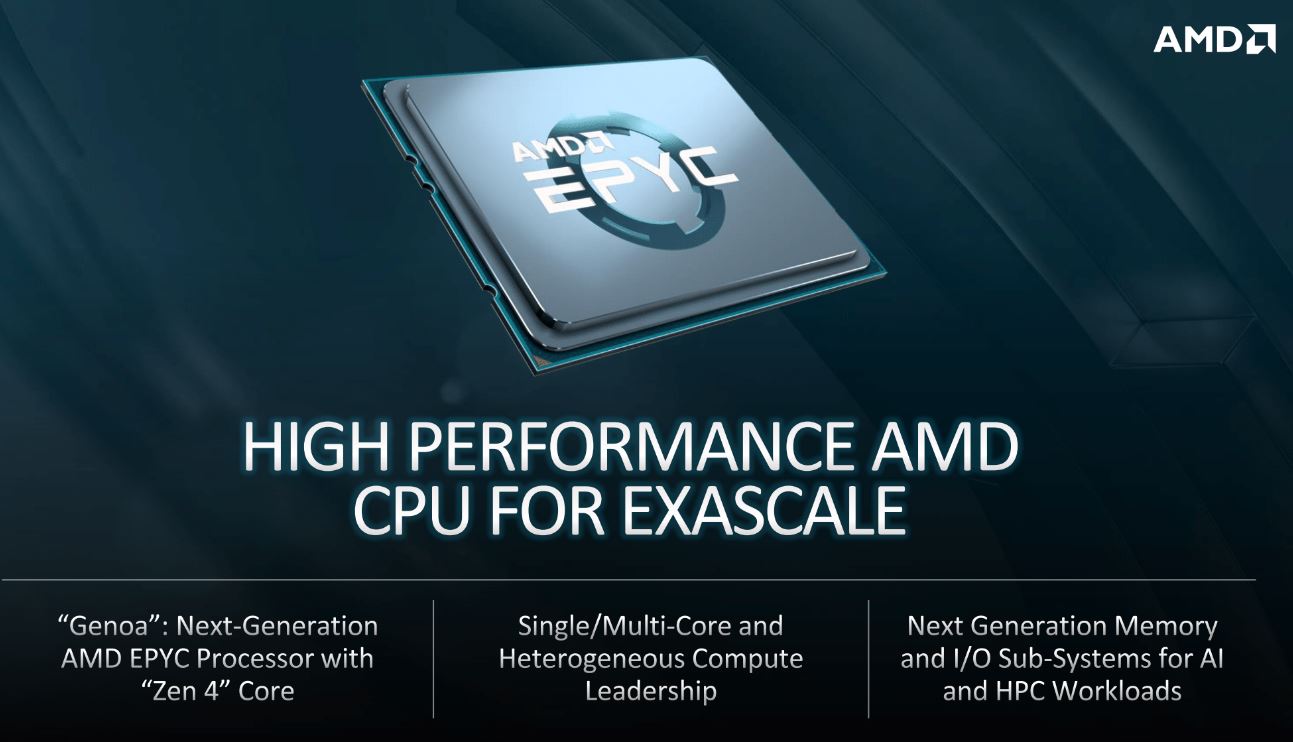
The other major change in the next generation of chips is that we are going to start seeing much more expansive packages. Instead of monolithic dies, we are getting blocks of IP that will be bundled together to add CPU cores, memory links, and PCIe links, along with potentially other accelerators. As core counts rise as well as external I/O links, the demands on memory will increase at a rate much faster than DDR4 has been delivering. DDR5 brings new technologies that will help address the bandwidth and capacity needs of this next generation of chips.
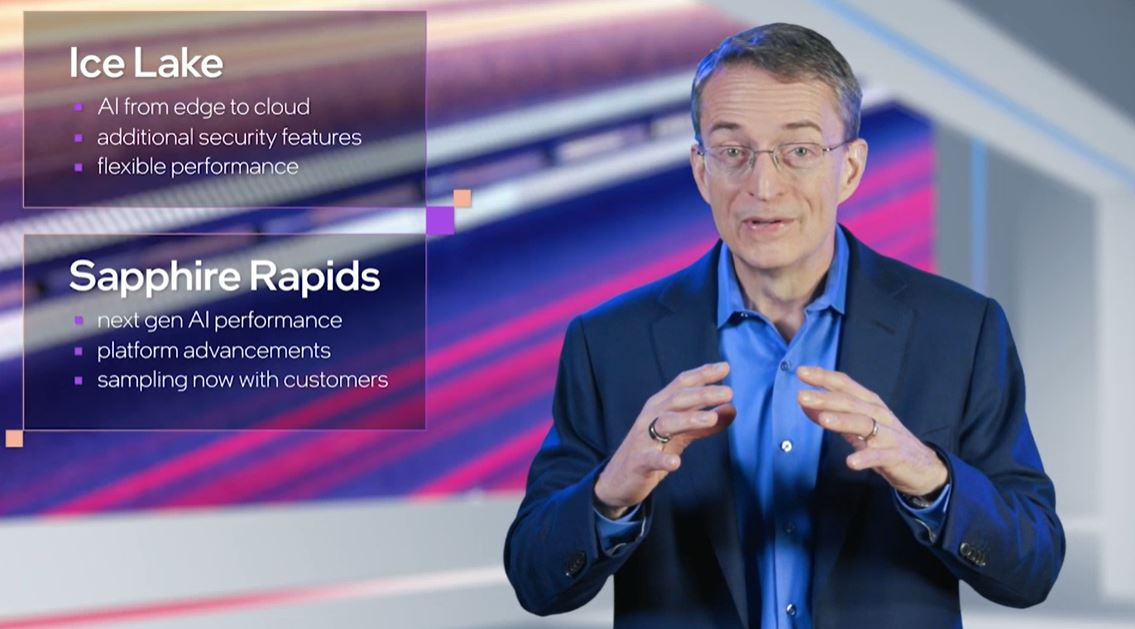
DDR5 is paving the way for 2TB LRDIMMs and higher bandwidth at lower power consumption is going to be a big deal to help increase densities in the future. Samsung is starting on that path with its 512GB DDR5 modules.
Since everyone asks about costs, this is sampling but is still a few quarters from the major platforms launching to support the DIMMs. Still, a 512GB module is going to cost a lot.

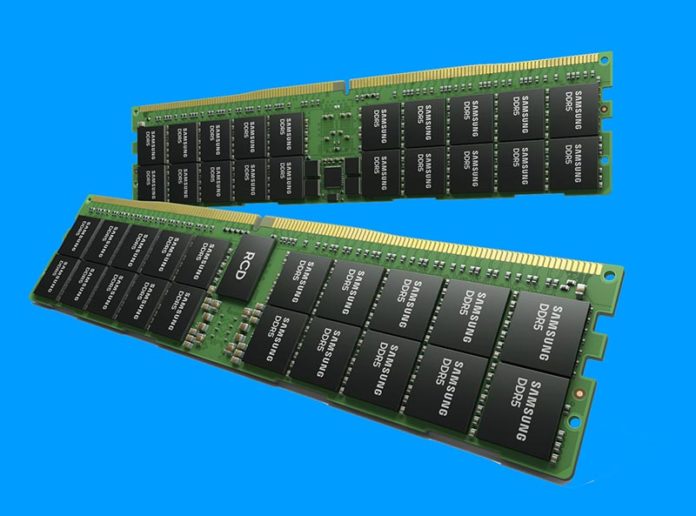


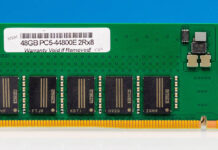
I’m much more interested in what DDR5 does to mitigate rowhammer and its kin…
They didn’t say this module can achieve 7.2 Ghz, they said “the new DDR5” can reach “more than twice the performance of DDR4 at up to 7,200 megabits “.
it seems like they are talking about the standard, not the module.
Does anyone know what the package labeled “RCD” is/does? Everything else is either clearly DDR5 or unlabelled/illegible(the little cluster of 6 chips on the back); but that one is prominently labelled but the acronym doesn’t show up elsewhere that I saw.
I don’t see any mention of a specific break with existing standards(like one of the on-DIMM serializer/deserializer chips that periodically crop up to deal with the fact that the huge, wide, fast parallel multidrop bus that RAM usually uses is hell to maintain signal integrity on and route; but tend to disappear again because of latency and power cost); but I’m assuming that you don’t put half a terabyte worth of RAM on a single DIMM, and have it work, merely by impressive high density packaging; so something more than load reduction doesn’t seem implausible.
@fuzzyfungus
RCD is “Register Clock Driver”. All registered DIMMs (RDIMMS) have those,including DDR4.
Clock(s) and Command/Address go through these, because there are so many chips on RDIMMS to be addressed with the same inputs.
These are 3D-stacked chips so they don’t need buffer chips for data pins like LRDIMMs. With 3DS the bottom-most die acts as the buffer for the whole stack. They behave like LRDIMMs for the CPU.
DDR5 RCDs are available from Montage, IDT, Rambus and Renesas.
“7200MB/s, or about 1MBps per hard disk revolution”
Surely you mean 60MB per hard disk revolution for a 7200 RPM hard drive?
7200 RPM / 60 seconds = 120 RPS
7200MB/s / 120 RPS = 60MB/revolution
One number is a unit per second, one number is a unit per minute, and using MBps (amount of data per second) per hard drive revolution…does not compute…though we can all agree it is a non relevant comparison!